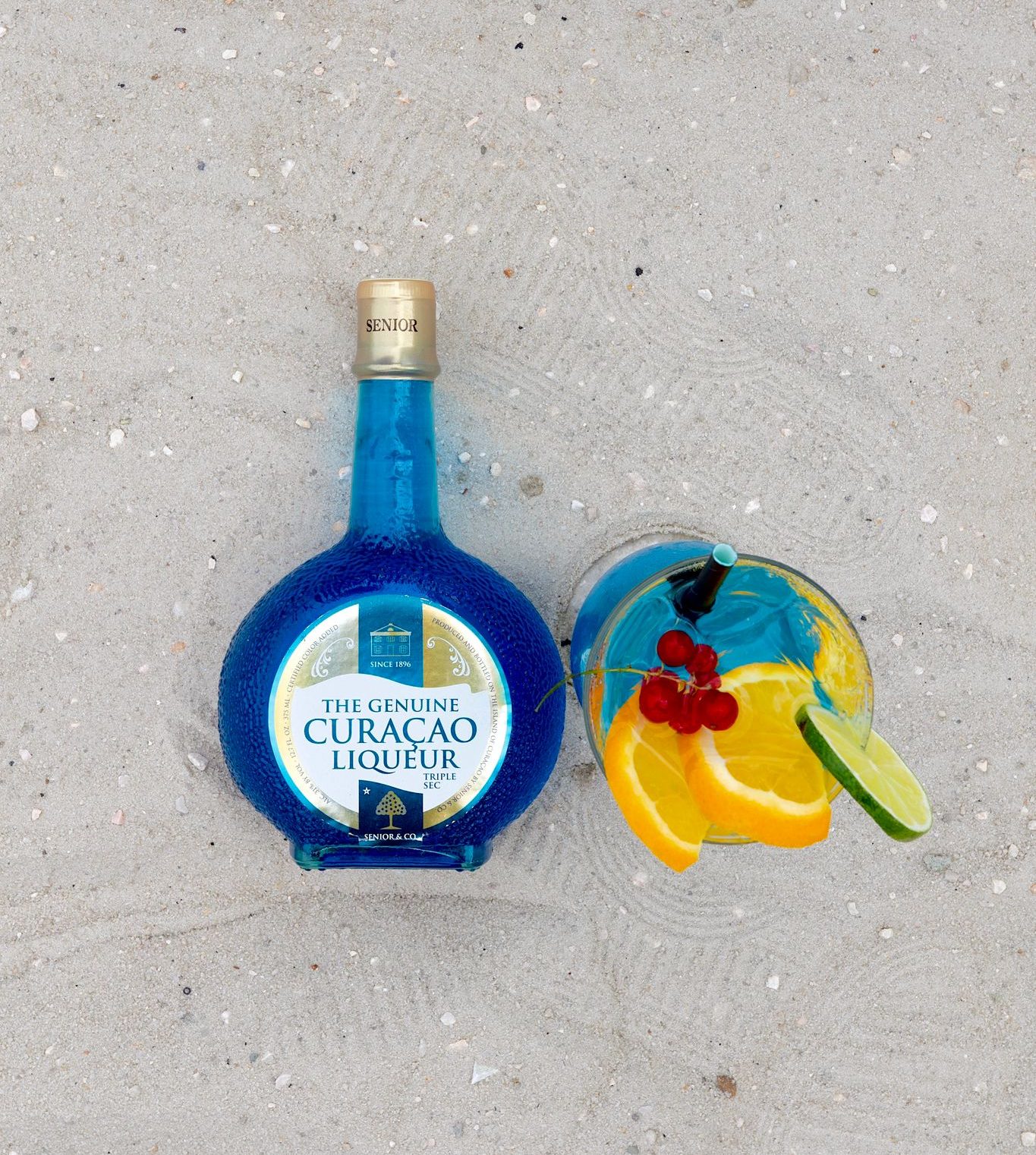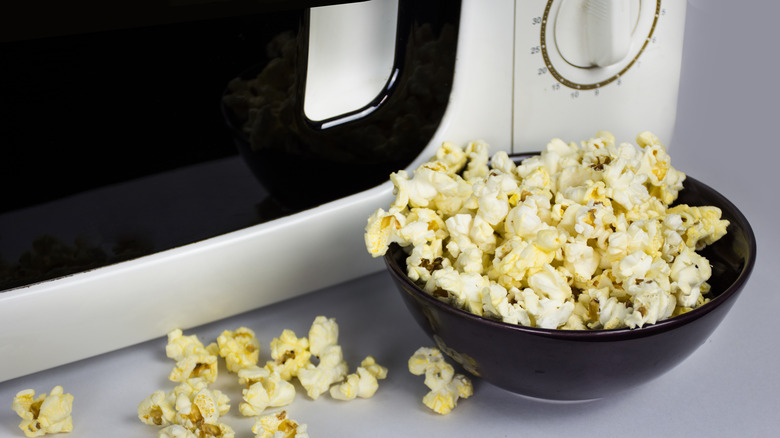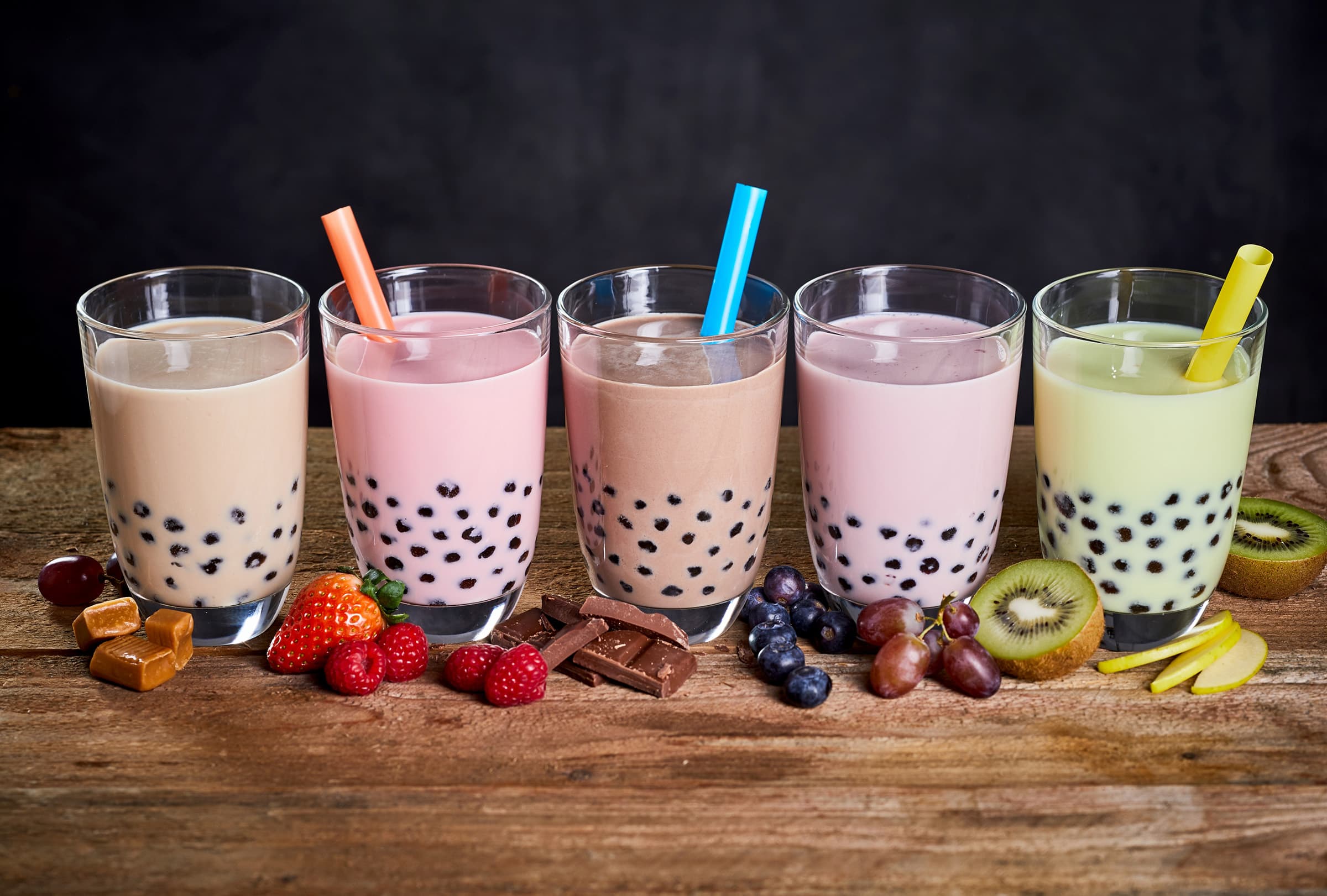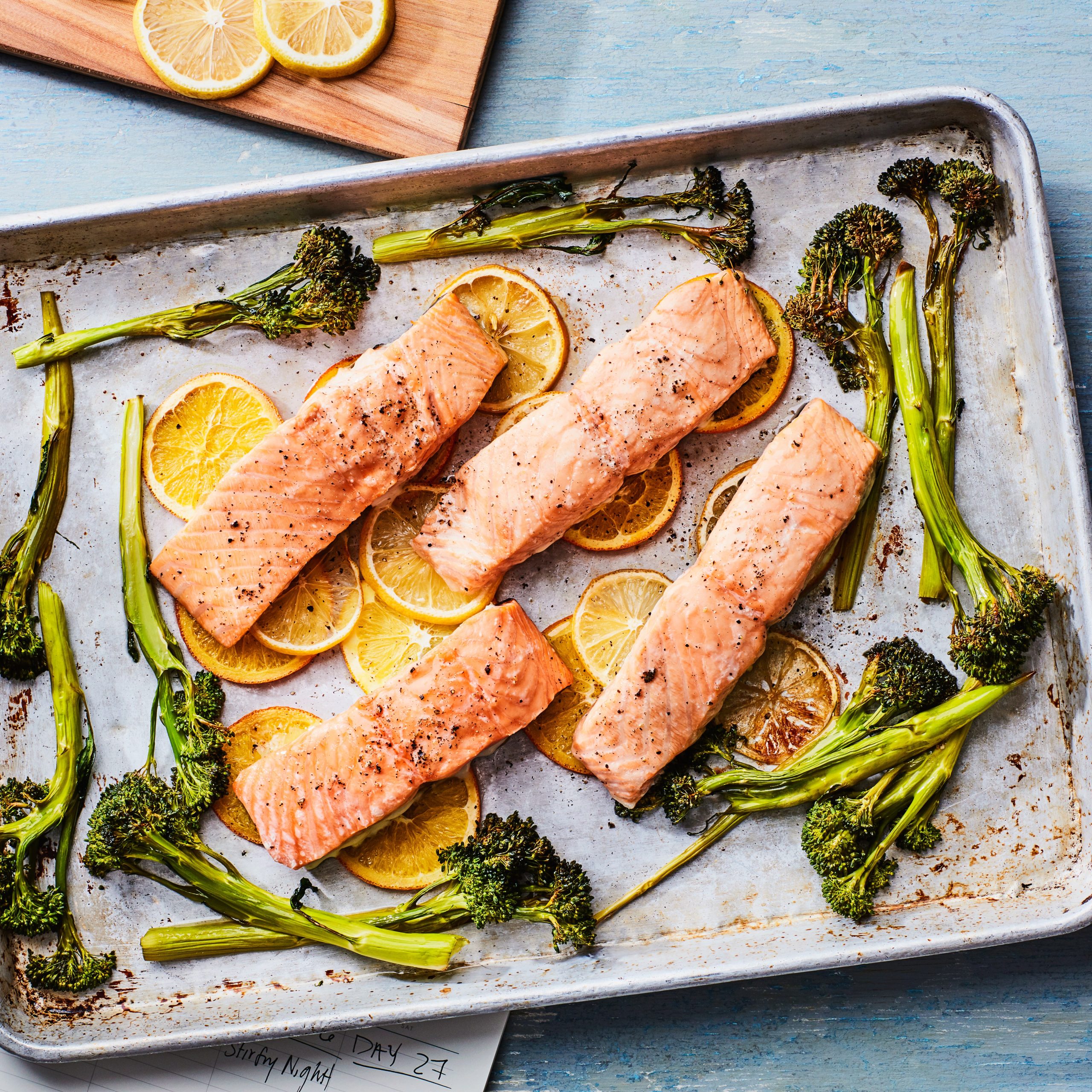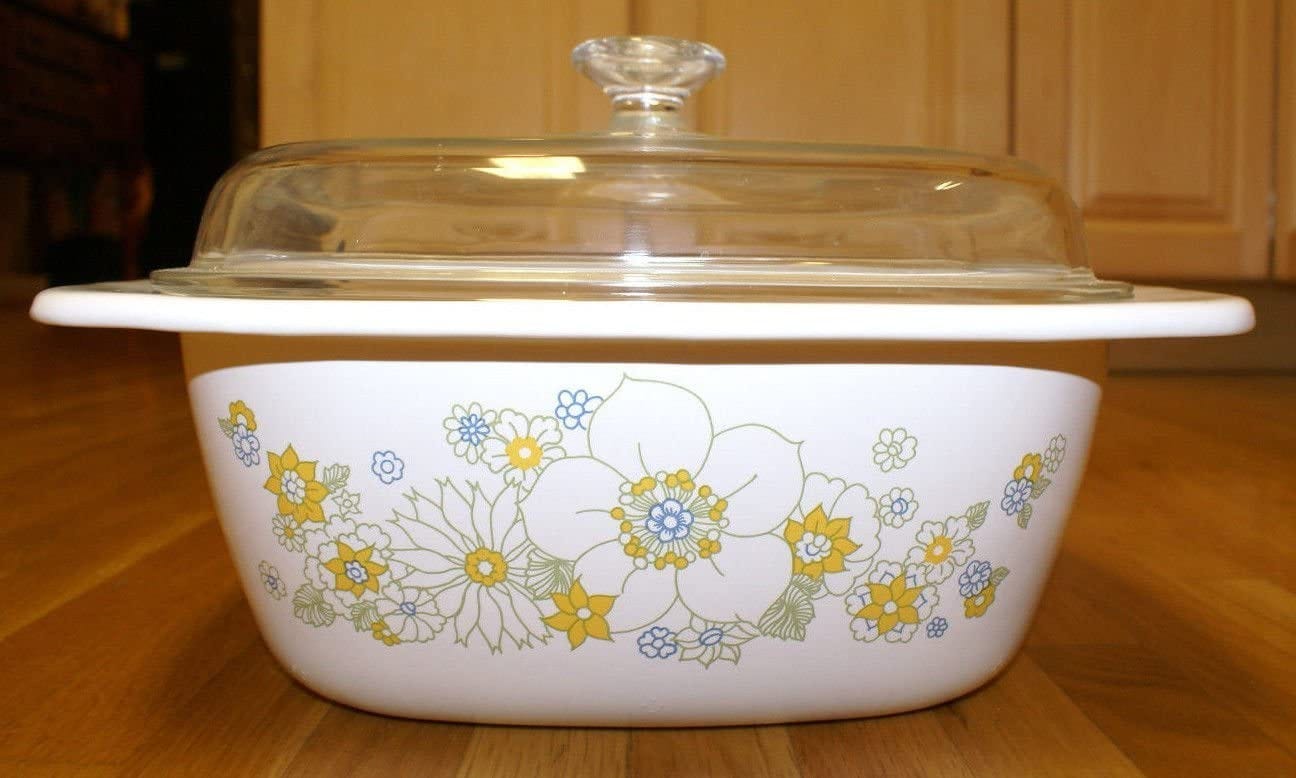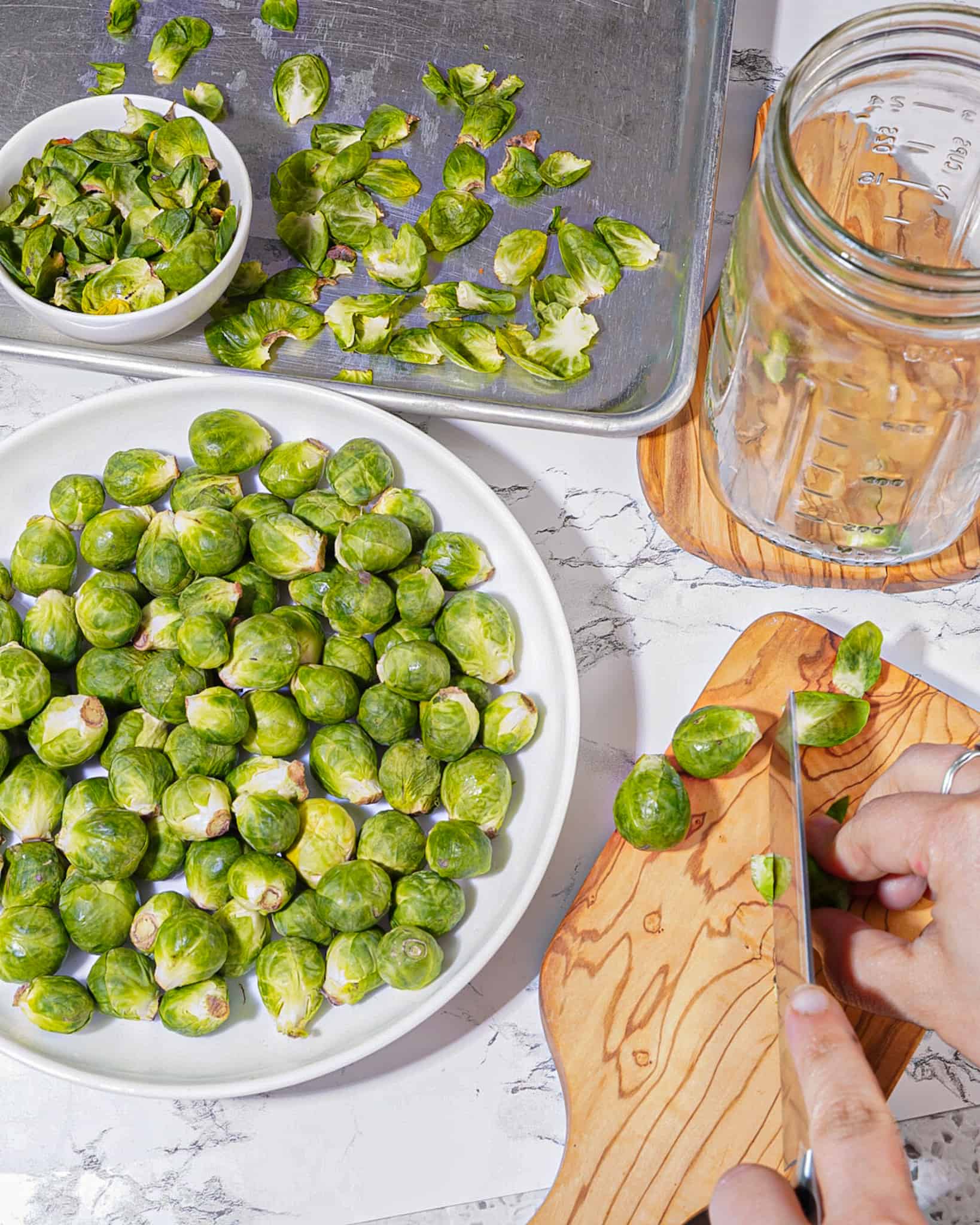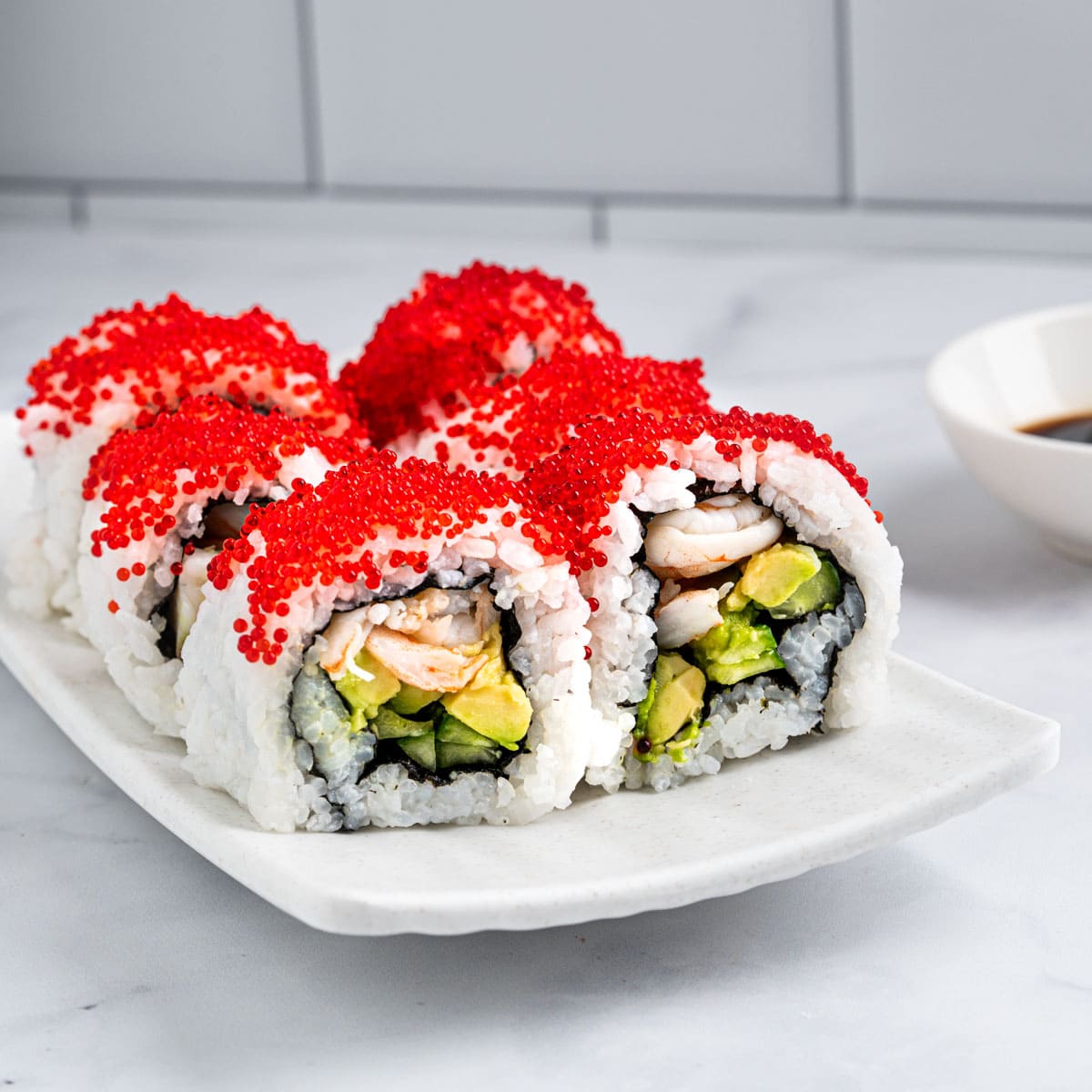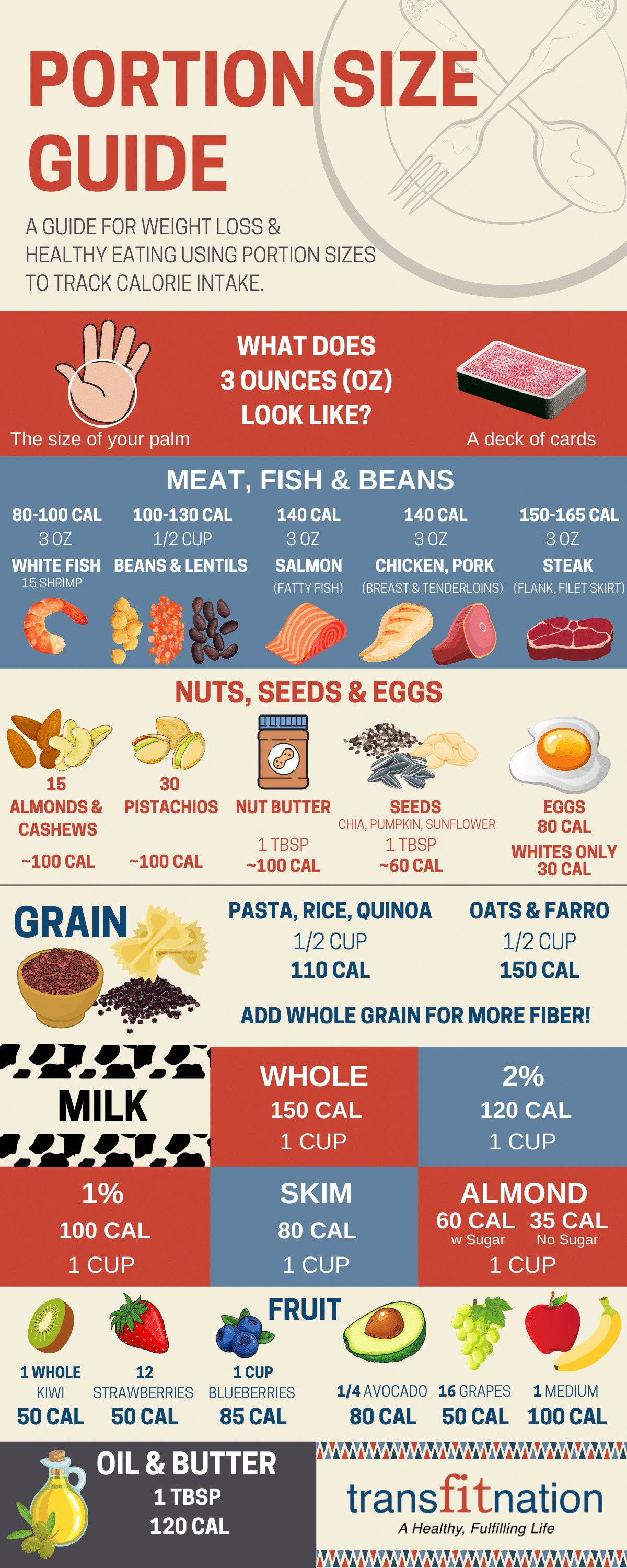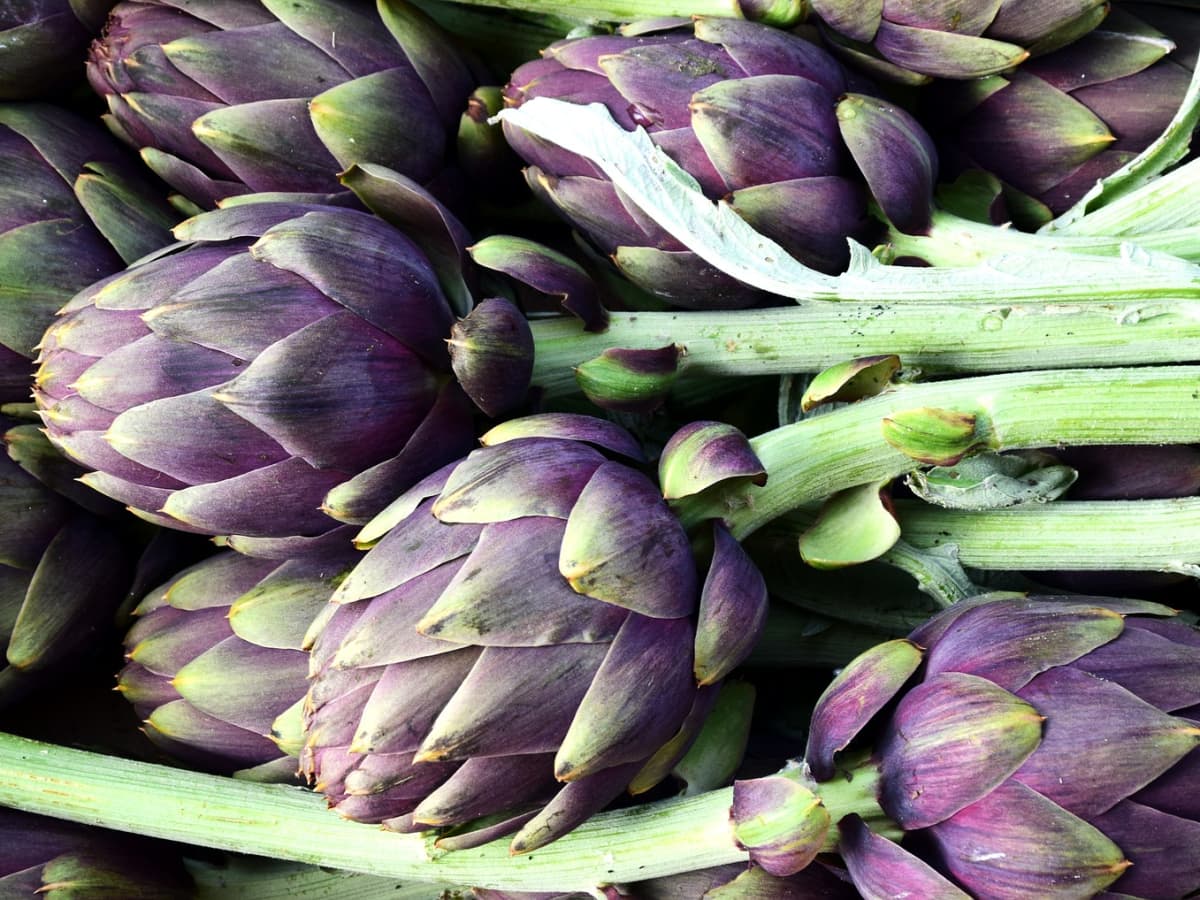What Does Blue Curacao Taste Like: An InDepth Exploration
– Blue Curacao is an orange liquor with a unique combo of flavors that are both bitter and sweet
– People like Blue Curacao because of its unique flavor profile that combines sweetness and bitterness
– It has a bold orange flavor with just a bit of sweetness at the end
– It is often described as tasting like fresh oranges
– Blue Curacao is a versatile liquor that can be used in a wide variety of cocktails
– It is not recommended for those who are not fans of orange flavors or prefer simpler drinks
– A 750ml bottle of Blue Curacao costs around $10
– Blue Curacao has an average alcohol by volume (ABV) of 25%
– The article discusses how to use Blue Curacao in cocktails to give them a blue color
– It can also be drunk alone with ice
– Blue Curacao is made from dried Laraha citrus fruit peel grown on the island of Curaçao
– The blue color comes from added food coloring
– Blue Curacao tastes a little bit bitter and a little bit sweet, similar to Triple Sec
– It is not alcohol-free and typically has an ABV of 15-40%
– Blue Curacao is pronounced “CURE-A-SOW”
– Blue Curacao is used in cocktails such as the Blue Lagoon and the Bluebird
